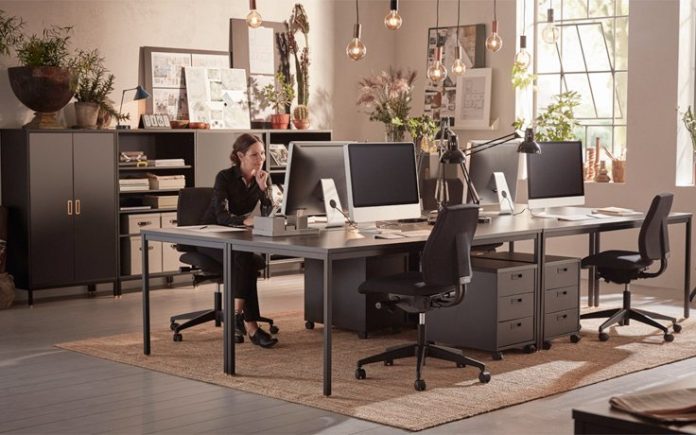Furnishing an office is an exciting step—whether you’re launching a new business, redesigning your workspace, or setting up a home office. But before you fall in love with that stylish new chair or spacious desk, it’s essential to measure your space correctly. Choosing furniture without accurate measurements can lead to crowding, limited movement, or even the hassle of returns. Here’s a guide to help you measure your space properly before buying office furniture.
Start With a Floor Plan
Begin by drawing a rough floor plan of your office space. It doesn’t have to be architect-quality—just a basic sketch that outlines the dimensions of your room. Be sure to include doors, windows, power outlets, and any fixed features such as built-in cupboards or radiators. These can all impact how and where furniture can be placed.
Measure the Room Accurately
Use a tape measure to get the exact width and length of your room, noting any alcoves or irregular shapes. Also, measure the height of the ceiling, especially if you’re considering tall storage units or shelving. Write down all measurements clearly on your sketch.
Factor in Walkways and Movement
A functional workspace needs sufficient clearance for movement. As a general rule, allow at least 900mm of walking space behind chairs and between furniture items. This ensures that staff or visitors can move around without obstruction—an important consideration for both comfort and safety.
Measure Doorways and Entry Points
There’s no use buying a beautiful desk if it won’t fit through the door! Measure the height and width of all entryways, corridors, and elevators that the furniture will need to pass through. Don’t forget to consider tight corners or stairwells that may pose delivery challenges.
Consider How the Furniture Will Be Used
Think about how each piece will function in the space. For example, if you’re investing in an executive desk, ensure there’s room not only for the desk itself but also for accompanying storage, a comfortable chair, and space to move freely behind it. The placement should support productivity and present a professional aesthetic, especially in client-facing settings.
Use Tape to Map Out Dimensions
Before making a purchase, mark the intended furniture placement on your floor using painter’s tape. This visual aid helps you see how the piece will fit in your space and whether it allows for easy movement and access. It’s a simple yet effective trick to avoid regrets post-purchase.
Don’t Forget Vertical Space
In compact offices, vertical space is often underutilised. Measure the distance between the floor and ceiling and consider wall-mounted storage, floating shelves, or tall cabinets to maximise your storage without compromising floor space.
Double-Check Ergonomics
A well-measured office isn’t just about fitting furniture—it’s about creating a workspace that promotes health and productivity. Ensure that desks are at the right height, that monitor placement suits eye level, and that chairs can be adjusted for support and posture.
Taking the time to measure your space properly will save you time, money, and stress when shopping for office furniture
From compact workstations to larger pieces like an executive desk, every item should be chosen with both function and fit in mind. With a clear plan and accurate dimensions, you’ll be well on your way to designing a comfortable, efficient, and professional workspace.








